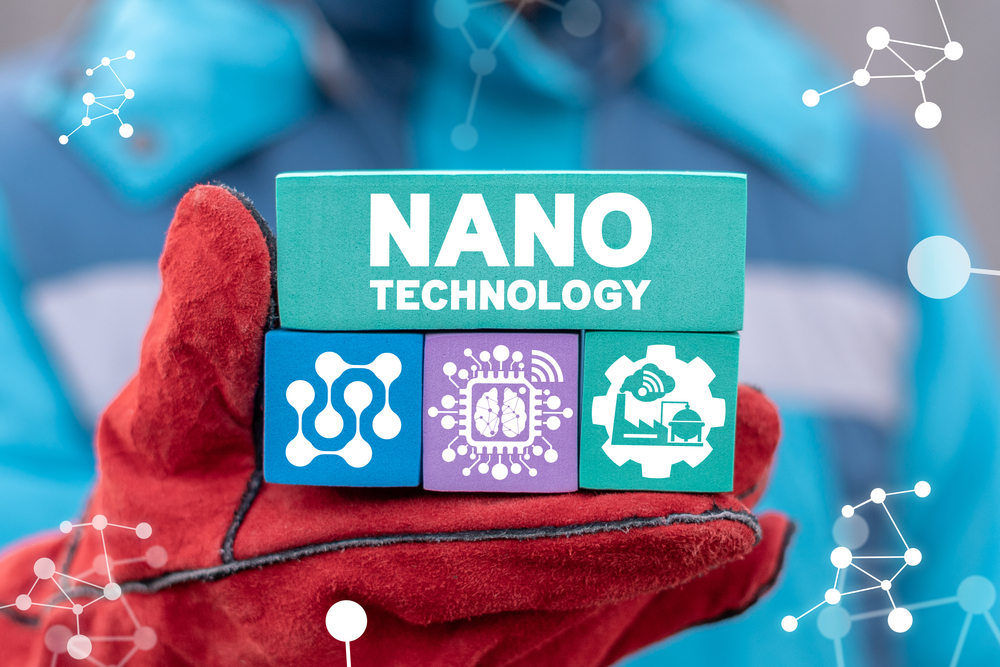
Advancements in nanotechnology have led to the development of various innovative materials with remarkable properties and wide-ranging applications. One of the most notable materials is graphene and its derivatives. Graphene is a single layer of carbon atoms arranged in a two-dimensional honeycomb lattice. It has exceptional electrical, thermal, and mechanical properties. Researchers are exploring its applications in flexible electronics, energy storage, and even biomedical devices. These advancements in nanotechnology highlight graphene’s potential to revolutionize multiple industries.

Metals and Alloys
Another significant category in the advancements in nanotechnology materials is nanostructured metals and alloys. These materials include nanoscale grains or phases that exhibit superior strength, hardness, and wear resistance. They are being investigated for applications in aerospace, automotive, and structural components. The unique properties of nanostructured metals and alloys could lead to more durable and efficient materials in these industries, showcasing the advancements in nanotechnology.
Carbon nanotubes (CNTs) represent another area of significant progress. CNTs are being developed for various applications, including lightweight yet strong materials for aerospace, conductive materials for electronics, and components for advanced composites. The versatility and strength of CNTs make them a key focus in the field of advancements in nanotechnology.

Nanoporous materials, which have pores at the nanometer scale, are also advancing. These materials are used for catalysis, gas storage, and separation processes. Examples include metal-organic frameworks (MOFs) and covalent organic frameworks (COFs). Their ability to efficiently filter and store molecules makes them highly valuable in environmental and industrial applications, demonstrating the impact of advancements in nanotechnology.
Quantum Dots
Quantum dots are semiconductor nanocrystals that possess unique optical and electronic properties due to quantum mechanics. They are used in medical imaging, display technologies, and solar cells. The distinct characteristics of quantum dots are driving advancements in nanotechnology by enhancing the performance and functionality of various devices.

Nanocomposites are another crucial development. By combining nanoparticles with bulk materials, researchers are creating composites with enhanced mechanical, thermal, and electrical properties. These nanocomposites are used in sports equipment, automotive parts, and many other applications, demonstrating the broad impact of advancements in nanotechnology.
2D Materials Beyond Graphene
Lastly, 2D materials beyond graphene are gaining attention. Materials such as molybdenum disulfide (MoS2), boron nitride, and black phosphorus are being researched for their potential in electronics, photonics, and energy applications. These materials offer unique properties that could lead to new technologies and improvements in existing ones, highlighting the continuous advancements in nanotechnology.



The advancements in nanotechnology materials are opening up new possibilities in various fields. Consequently, researchers and industries alike are benefiting from these breakthroughs. For example, graphene, with its exceptional properties, is transforming flexible electronics and energy storage solutions. Similarly, carbon nanotubes are finding applications in aerospace and advanced composites, providing lightweight yet strong materials. Additionally, quantum dots are revolutionizing medical imaging and display technologies by offering unique optical and electronic properties. Moreover, nanocomposites are enhancing the performance of sports equipment and automotive parts, demonstrating the broad impact of these innovations. As these advancements continue to develop, they are driving progress and shaping the future of technology and industry. Thus, the ongoing research and application of nanotechnology materials promise to revolutionize multiple sectors, leading to unprecedented growth and development.

